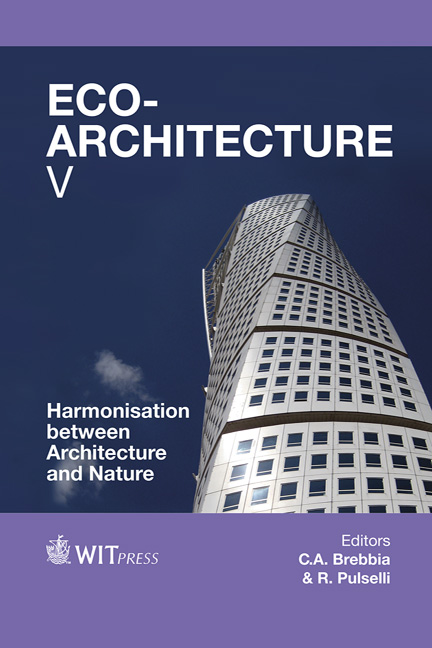Intelligent Buildings Connected To Future Smart Energy Grids
Price
Free (open access)
Transaction
Volume
142
Pages
12
Page Range
255 - 266
Published
2014
Size
952 kb
Paper DOI
10.2495/ARC140231
Copyright
WIT Press
Author(s)
L. Schibuola, M. Scarpa, C. Tambani
Abstract
The spread of diffuse energy generation systems such as photovoltaics and combined heat and power generators will convert buildings from sole energy consumers into energy prosumers, i.e. energy producers and consumers. This will involve a much more dynamical interaction between buildings and the energy grid. As a consequence, electric distribution networks will be required to coordinate the energy draw/supply in order to optimize the use of renewable energy sources and preserve the reliability of the energy dispatch system, thus becoming smart grids. Smart grids will be able to act as coordinators of energy flows between diffuse energy producers and consumers, but buildings will be mainly managed in order to minimize their interaction with energy grids, thus minimizing the volatility of energy supply/draw, thus they will integrate energy management systems aimed at taking advantage of locally generated energy. In fact, buildings will be required to locally generate as much energy as possible, towards a Zero Energy Building perspective. For this purpose they will exploit technologies able to modulate energy demand and production by a suitable design of the building. So how will buildings, and consequently the related architecture, evolve in order to achieve these goals? In this paper the present status of the art as well as building configurations, procedures and energy management strategies able to ensure the best integration of typical residential and office buildings into smart grids are analysed.
Keywords
energy efficiency, smart grid, heat pump, HVAC management





